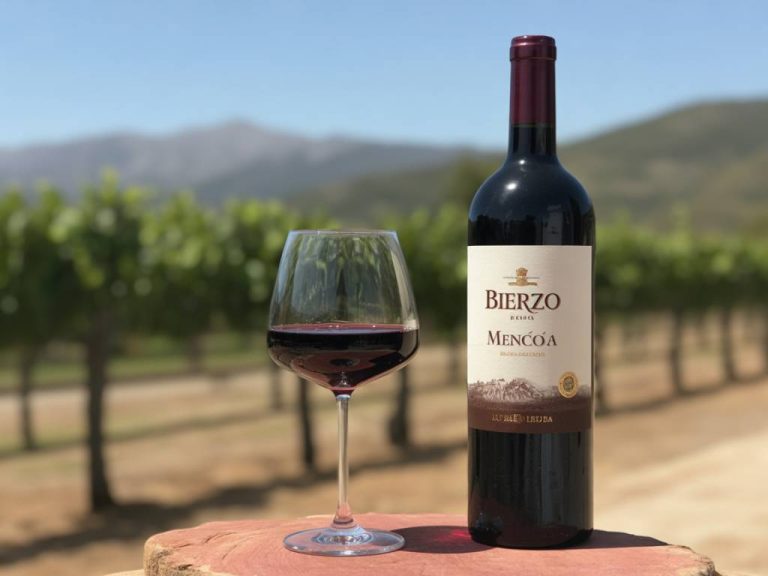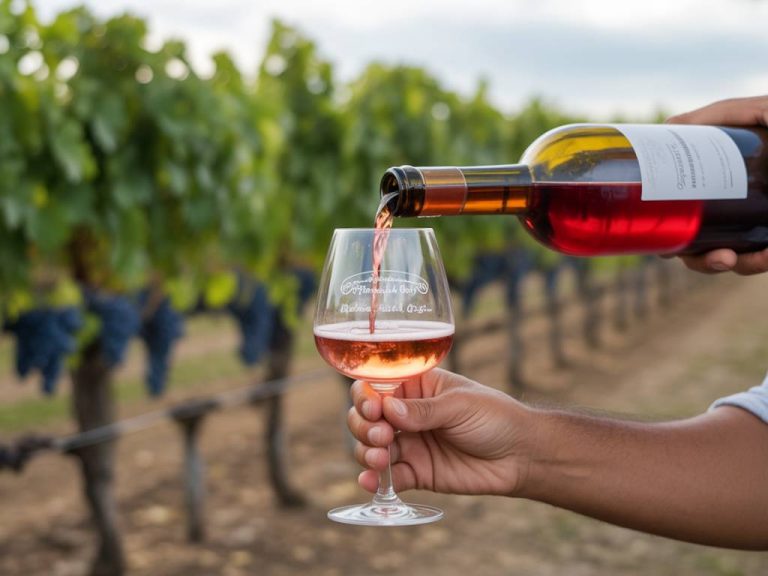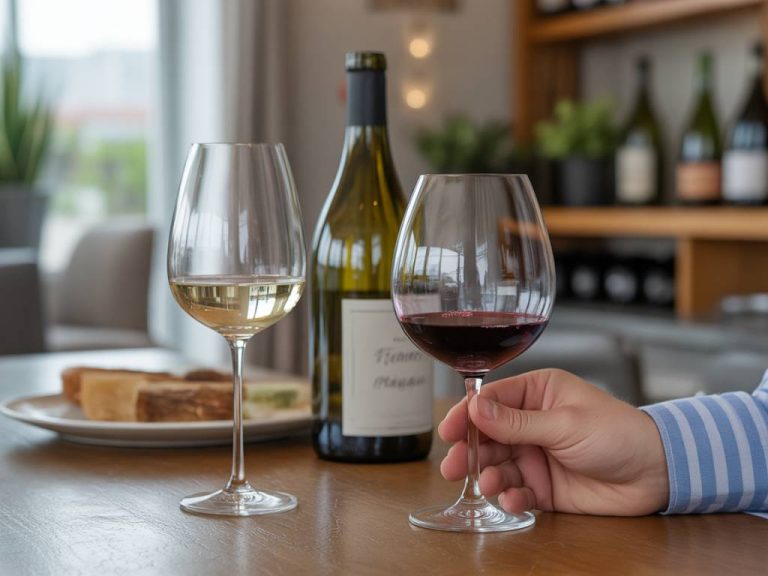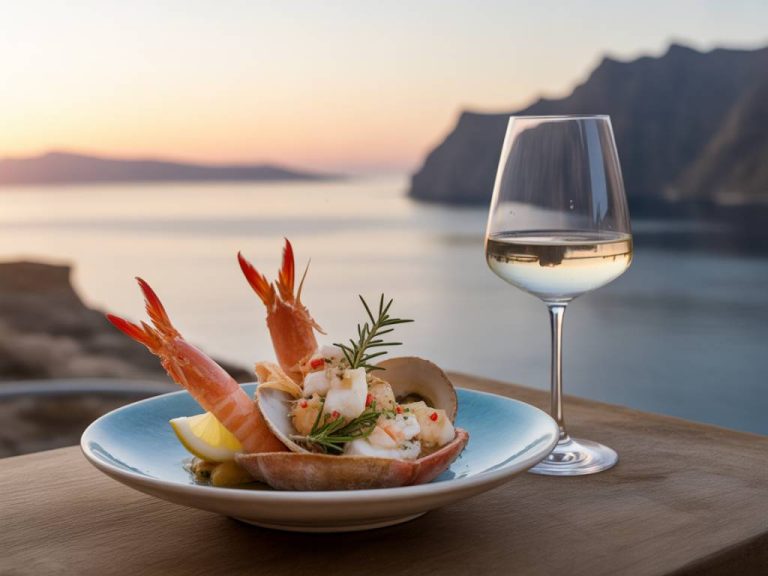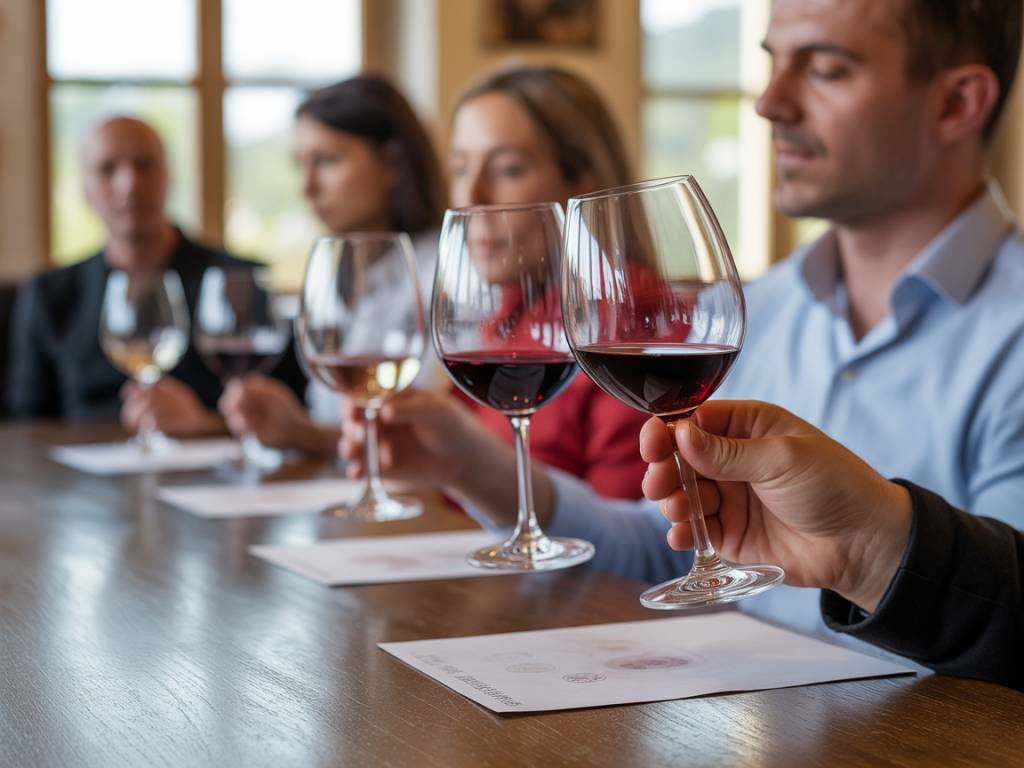
Exploring the art of blind wine tasting to refine your palate
Why Blind Wine Tasting Is the Ultimate Tool for Wine Lovers
Blind tasting strips wine down to its essence. Without the influence of a label, price tag, or region, you’re left with one guide: your senses. Whether you’re an amateur learning the ropes or a seasoned enthusiast fine-tuning your palate, blind tasting sharpens your skills in a way that no book or tasting note ever could.
Let’s be real — it’s easy to be biased when you know you’re sipping a $75 Napa Cabernet. But remove the context, and suddenly you’re focusing on texture, balance, aroma, and finish like never before. That focus is what helps your palate evolve.
In this article, we’ll explore why blind tasting works, how to structure it, and what it can reveal — with a few practical tips and stories from the field to guide you along the way.
The Real Value of Going in Blind
When I worked as a sommelier in Montana, one of our favorite staff trainings involved pouring wines into black ISO glasses. We’d taste without knowing the color — red, white, rosé, or even orange. Inevitably, someone would call a Sauvignon Blanc a Pinot Noir. It wasn’t to embarrass anyone; it was to prove a point: expectation clouds judgment. Blind tasting forces clarity.
Here’s what blind tasting helps you develop:
- Objectivity: You aren’t swayed by branding, critics, or reputation. All that matters is what’s in the glass.
- Sensory precision: You begin to recognize the nuances that define varietals and regions — think the gooseberry zip of Kiwi Sauvignon or the smoky whisper in a Northern Rhône Syrah.
- Improved memory: The more you practice, the more your sensory memory builds. Patterns emerge: acid=Chablis? Pepper=bacon-fat Syrah?
Setting Up a Blind Tasting at Home
You don’t need a cellar or a somm friend to get started. What you do need is curiosity, a few bottles, and a structure. Here’s how to do it right:
- Pick a theme: Same varietal, different region. Or same region, different vintages. Builds context and contrast.
- Use wine bags or foil: Hide the label completely. Even bottle shapes give away hints (hello, Alsace Riesling).
- Have someone else pour: Ideally, let a friend who isn’t tasting prep the wines so you truly have no idea what’s what.
- Take notes: Write down your thoughts on aroma, palate, structure, and potential grape or region. Be specific. “Fruity” is good; “strawberry licorice on the nose, plus earthy undertones” is better.
Make it fun. No points for perfection. The point is discovery — and honing attention to what’s now obvious once you’re forced to really study it.
Decoding the Clues in the Glass
Blind tasting can seem daunting at first, but it’s less about guessing the exact bottle and more about training your palate to recognize clues. Let’s break down what those clues might be:
Appearance: While not always reliable (especially in black glasses), the hue and viscosity can offer initial indicators. A deep purple might point to Malbec, while amber hints toward an aged Riesling or fortified white.
Aroma: Arguably the most powerful clue. Smell for fruit type (red, black, citrus?), non-fruit notes like herbs, spices, oak, smoke. That bell pepper note? Might be Cab Franc or a Chilean Cabernet. Gunflint? Hello, Sancerre.
Palate: How’s the acidity? Mouthwatering or flat? Is the alcohol warming or subtle? Tannin sandpaper-like or silk-smooth? The structure often says more than the flavor itself.
Finish: A long, complex finish can betray a high-quality bottle — even if you can’t name it. This is where seasoned tasters separate a solid wine from a great one.
I once led a blind tasting with two high-end Chardonnays: one from Sonoma Coast, the other from Puligny-Montrachet. Almost every participant preferred the French wine but guessed the Californian as the pricier bottle — a gut-informed opinion without ego. That’s the value of blind tasting.
The Deductive Tasting Grid: Friend or Foe?
Many professionals, especially those prepping for Court of Master Sommeliers or WSET exams, use a deductive grid to work through a wine methodically. And while it might seem robotic, it works surprisingly well.
You don’t need to follow the grid religiously at home, but adopting elements of it can refine your process. Think of it as training wheels for your palate. By going through the motions regularly — identifying fruit profile, oak regimen, structural balance — your brain starts cataloguing these wines like scent-stamped memories.
Try this framework:
- Sight: Clarity, color intensity, tears (alcohol/body hint).
- Nose: Fruit/non-fruit, earthiness, oak, faults.
- Palate: Balance, texture, acid, tannin, alcohol, flavor intensity.
- Initial hypothesis: What varietal or region might match these traits?
- Final call: Make a guess — and write why, even if it turns out wrong. That’s where the learning sticks.
Lessons Learned From Being Wrong
Ask any wine pro what they learned most from, and you’ll hear the same answer: misidentification. Getting it wrong teaches you more than nailing a guess ever will.
I used to confuse Loire Chenin Blanc with aged German Rieslings — both can show honey, petrol, and vibrant acidity. It wasn’t until I focused on the mid-palate texture — Chenin has a waxier feel — that my accuracy improved.
Keep a tasting journal just for blind flights. Note what fooled you and why. Did the oak obscure the core of the wine? Were you chasing minerality when it was just stainless steel zing? Those small insights recalibrate your attention.
Practicing With Friends (or Friendly Rivals)
Want to do this regularly? Form a blind tasting group. Keep it casual but purposeful — a new theme each month keeps it fresh and educational.
Some of the best blind tasting nights I’ve had were with fellow wine geeks who brought a bottle under $20 and tried to outwit each other. One night, someone brought a Sicilian Catarratto labeled as « Chardonnay. » We all knew it wasn’t true to type — and teasing out the impostor was half the fun.
You can even make it a game. Everyone brings a bottle, you taste blind, score them on quality and enjoyment, then vote on favorites. Winner hosts the next round.
The Evolution of Your Palate Over Time
Think of your palate like an athlete’s muscle: the more you challenge it, the more responsive and insightful it becomes. With regular blind tasting, subtle shifts in acidity, residual sugar, and oak integration start revealing themselves instantly. You’ll spot underripe fruit, over-extraction, or alcohol imbalance before the wine even hits the back of your tongue.
Over time, blind tasting makes you a better communicator about wine. You’ll recognize quality beyond prestige. You’ll trust your senses over marketing. And perhaps best of all, you’ll drink more intentionally — not just to enjoy, but to understand.
A Final Word: Taste Often, Stay Curious
Blind tasting isn’t reserved for sommeliers or exam stress. It’s for anyone who wants to dive deeper into the world of wine with openness and curiosity. So strip away the labels, embrace the challenge, and above all — keep that glass half full and your mind wide open. Cheers.
